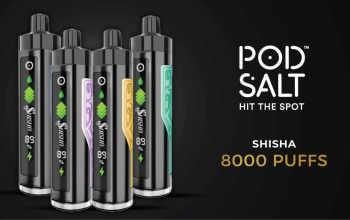cSynthetic lubricants are used in many types of machinery and vehicles. They differ from traditional oils because they are made through a chemical process rather than being directly extracted from crude oil.
This guide explains the basics of synthetic lubricants and what makes them a preferred choice for many applications.
What are synthetic lubricants?
Synthetic lubricants are man-made oils created by combining chemical compounds. Unlike conventional oils that come from refining crude oil, synthetic oils have a uniform molecular structure. This structure improves how the lubricant performs under different conditions.
Types of synthetic lubricants:
There are several types of synthetic lubricants, each suited for different uses:
- Polyalphaolefins (PAO): These are the most common synthetic base oils. They work well across a wide temperature range.
- Esters: Known for their good lubricating properties and high temperature resistance.
- Polyalkylene glycols (PAG): Often used in refrigeration and air conditioning systems.
- Silicones: Used in specific applications needing chemical stability and resistance to extreme temperatures.
Benefits of synthetic lubricants:
- Synthetic oils tend to last longer than regular oils. They resist breaking down when exposed to heat and do not evaporate quickly. This leads to better protection of moving parts and less frequent oil changes.
- These lubricants also flow better at low temperatures. This means engines and machines start smoothly in cold weather and get proper lubrication immediately.
How to choose synthetic lubricants:
- Choosing the right synthetic lubricant depends on the type of equipment and its operating conditions. It is important to check the manufacturer’s recommendations for the correct viscosity and specifications.
- Viscosity refers to how thick or thin the oil is. Thicker oils are used in heavy-duty equipment, while thinner oils suit smaller or faster-moving parts.
Using synthetic lubricants safely:
- When switching to synthetic lubricants, it is wise to drain the old oil completely to avoid mixing. Mixing synthetic and conventional oils may reduce performance.
- Regular checks of oil levels and condition are useful. Monitoring helps detect if the lubricant is breaking down or becoming contaminated.
Synthetic lubricants have a clear structure and are designed to provide better protection and performance compared to conventional oils. Knowing the different types, benefits, and how to select and use them makes it easier to keep machinery running smoothly. This guide covers the basics for anyone new to synthetic lubricants.



